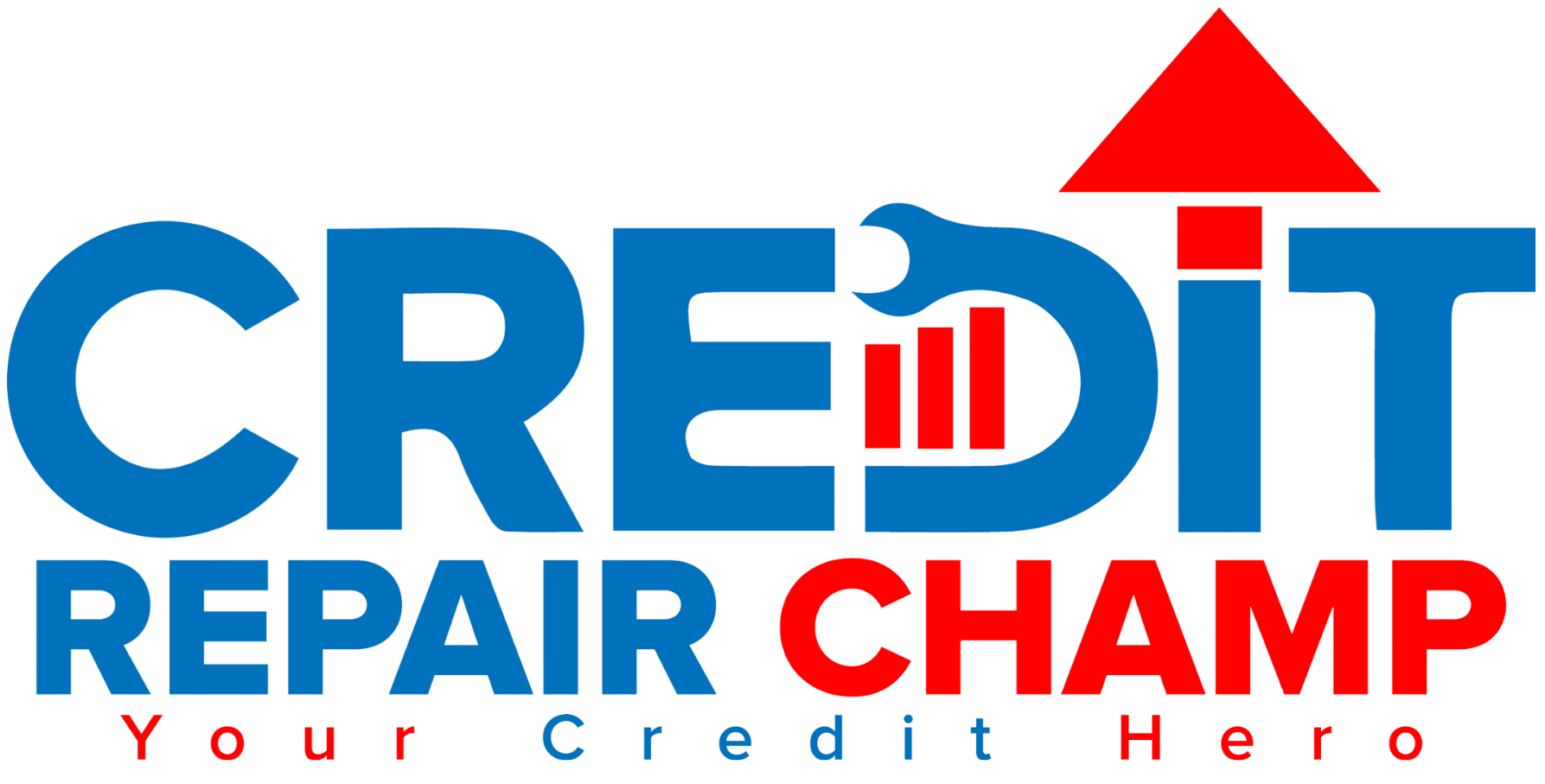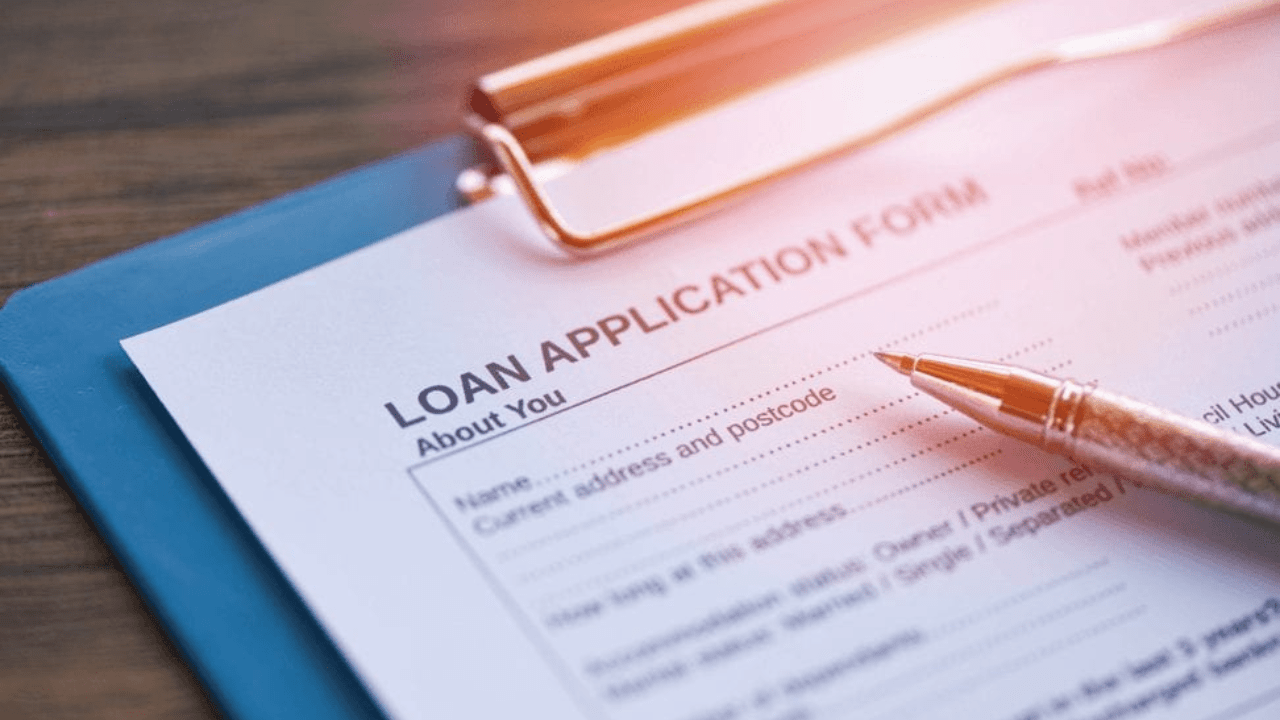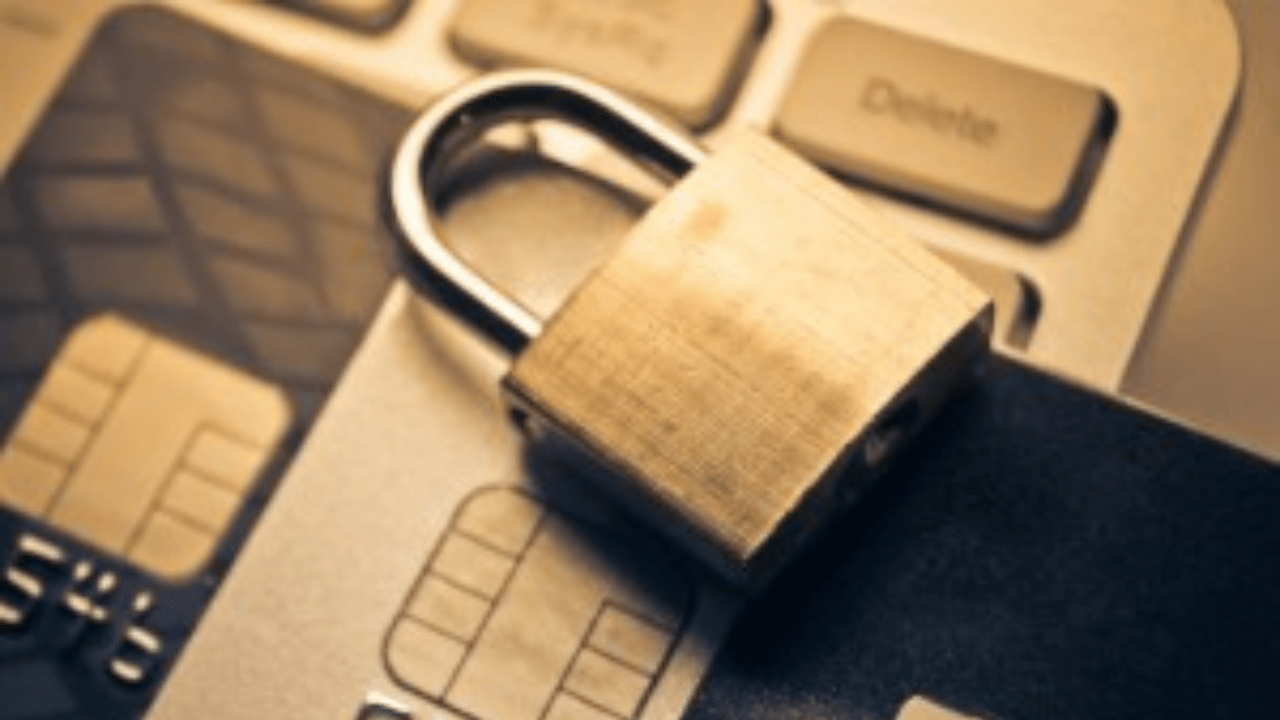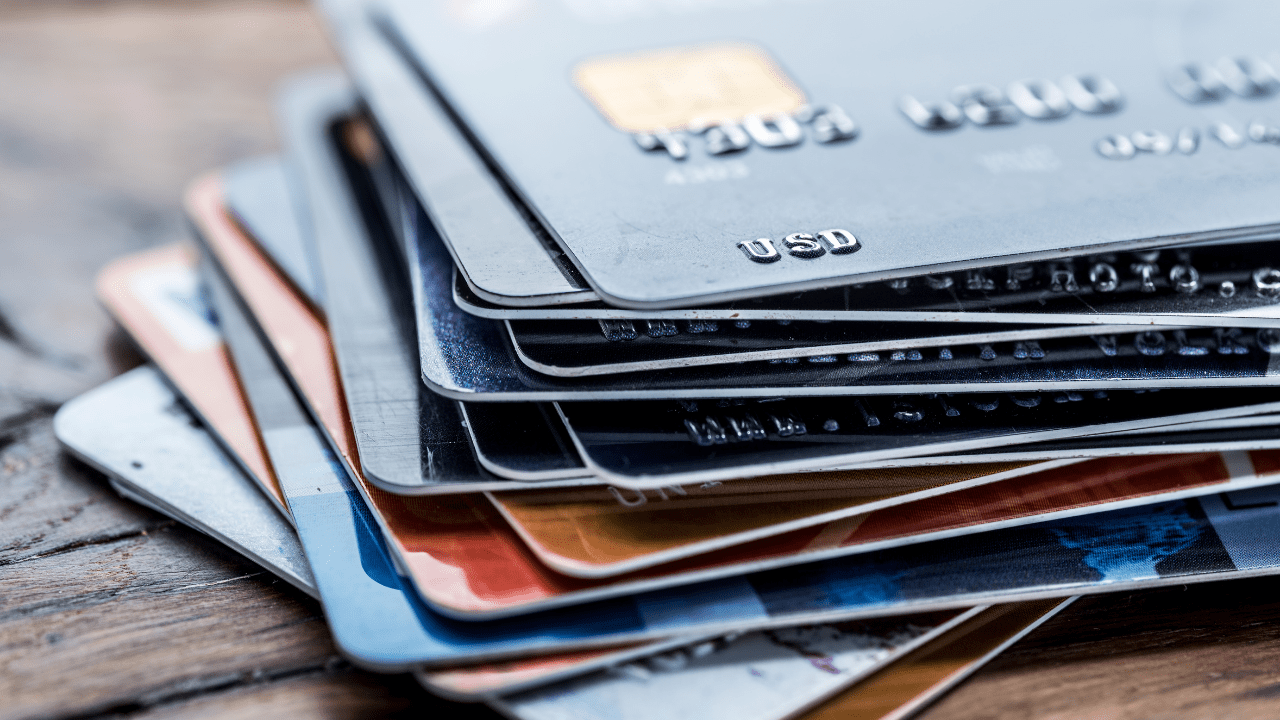Handle Debt Collections and Improve Your Credit
Navigating debt collections can be daunting, but it’s crucial to address them effectively to safeguard your credit. This guide offers actionable steps on how to handle debt collections while working towards improving your credit. By understanding the strategies and options available, you can take control of your financial situation and pave the way for a healthier credit profile.
Understanding Debt Collections:
Begin by grasping the basics of debt collections. Learn how debts end up in collections, the role of collection agencies, and the potential impact on your credit score. This foundational knowledge sets the stage for effective debt management.
Review Your Debt Information:
Examine the details of the debt in question. Verify its accuracy and legitimacy, as errors can occur. This step ensures that you are dealing with valid debts and prevents unnecessary complications.
Know Your Rights:
Familiarize yourself with the rights granted to consumers under the Fair Debt Collection Practices Act (FDCPA). Understanding your rights can help you communicate with collection agencies confidently and assertively.
Open Communication:
Engage in open and respectful communication with the collection agency. Discuss the debt, inquire about options for repayment, and seek clarification on any terms that are unclear.
Negotiation and Settlement:
Explore the possibility of negotiating a settlement with the collection agency. This involves agreeing on a reduced amount to settle the debt. A successful negotiation can help you pay off the debt while potentially improving your credit.
Debt Validation:
Exercise your right to request debt validation. This process involves asking the collection agency to provide evidence that the debt is indeed yours and accurate. If they cannot provide proper validation, the debt may be deemed uncollectible.
Payment Plans:
In cases where settling the debt in full is not immediately feasible, inquire about setting up a payment plan. This arrangement allows you to make manageable monthly payments while demonstrating your commitment to resolving the debt.
Seek Professional Help:
Consider consulting a credit counselor or financial advisor. These professionals can provide guidance tailored to your situation, helping you make informed decisions that align with your financial goals.
Impact on Your Credit:
Understand how handling debt collections can impact your credit. While it may not result in an immediate improvement, taking the right steps can gradually contribute to better credit over time.
Monitor Your Progress:
Track your progress in resolving the debt and improving your credit. Regularly review your credit reports to ensure accurate reporting and observe the positive changes in your credit profile.
Conclusion
Handling debt collections is a process that requires patience, knowledge, and proactive communication. By understanding your rights, exploring negotiation options, and maintaining open communication, you can navigate this challenge while simultaneously working to improve your credit. This guide has equipped you with practical steps to take control of your financial situation and pave the way for a more secure financial future.












